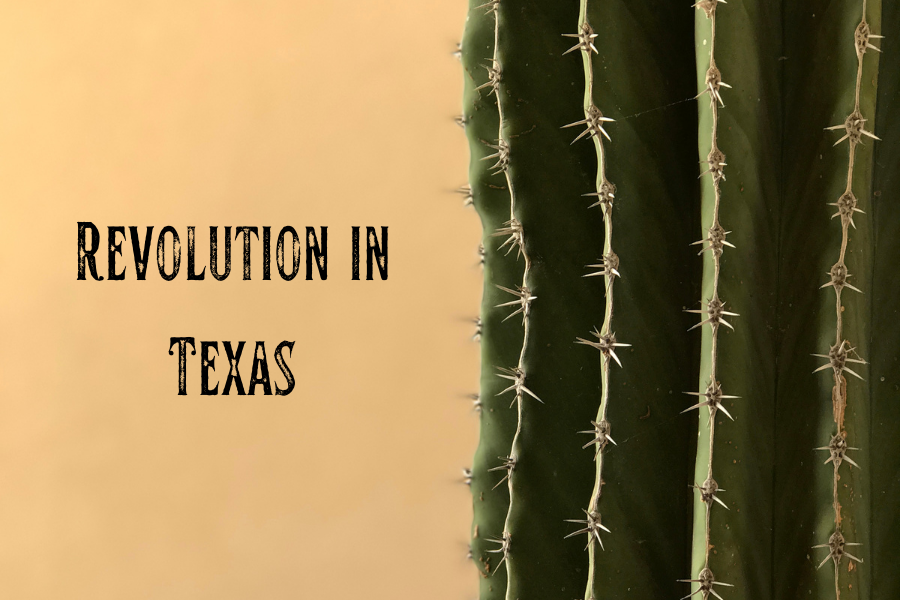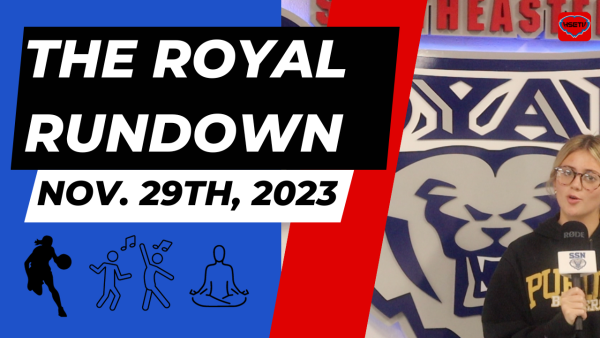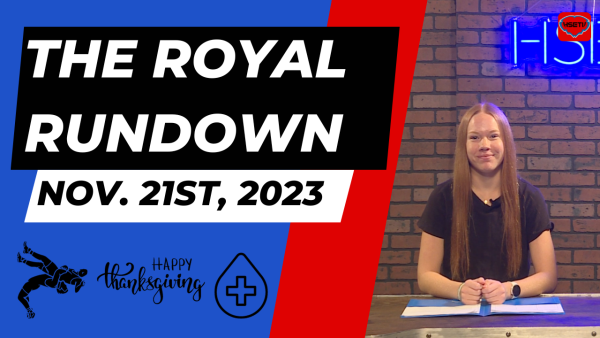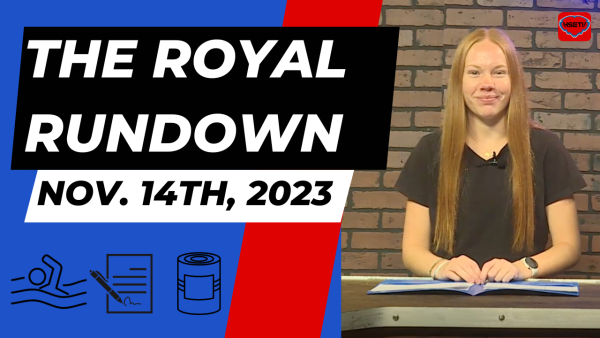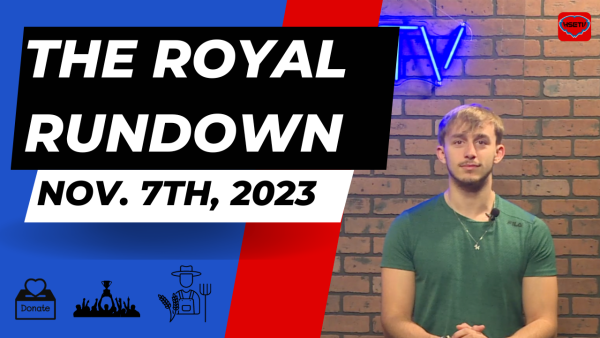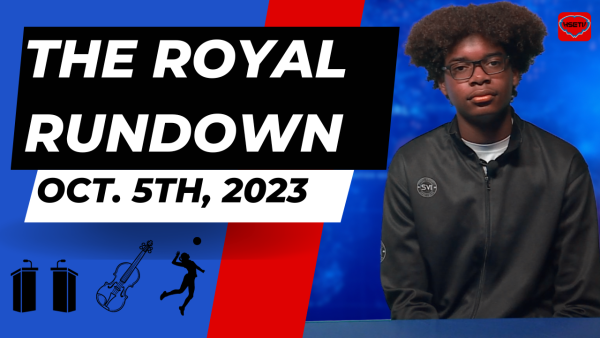The 2nd American Revolution
The rootiest, tootiest, point-n-shootiest revolution in world history
February 28, 2022
Have you ever heard the phrase “remember the Alamo”? It’s an odd phrase that seems to float around American history, not really having a concrete place in the minds of most people or even a concrete spot in history itself. The Battle of the Alamo’s 186th anniversary was actually just last Wednesday, but no one (including myself) seemed to recognize February 23rd. There is a reason behind the phrase’s existence, however; one that embodies the revolutionary attitude that the colonists of the east coast had in 1776, and so many other rebels since then. This is the history of the Battle of the Alamo and the Texas Revolution.
Prelude
Hot on the heels of their own revolution, the newly independent Republic of Mexico had to work quickly to consolidate their territory, most notably the large unoccupied swaths of land to the North. They inherited all of the Spanish-held territories in North America, their new country expanded all the way into modern-day Wyoming and Utah. This third of the continent was extremely sparse in population, at least empty of Mexican citizens. There still existed plenty of Native Americans in the region, the largest of which were the Apache and Comanche peoples. In order to fill the area with what the government considered to be “desirable” people, the Mexicans invited American settlers to inhabit the new land, even carving a special niche for them in their laws. The American settlers did not have to pay certain taxes and tariffs for seven years, and they were permitted to use slavery even though it was illegal for the rest of the country.
The Americans did everything the Mexican government wanted and more, even going as far as to suppress an early revolution from some of their own Mexican settlers in the region. Prominent American settlers like Stephen Austin (like modern-day Austin) were given huge tracts of land to develop into communities, which was all accomplished swiftly. But things were not to stay peaceful for long, as the Mexican government grew weary of the sheer number of American immigrants in the area…
Agitation
The Mexican government had enough of the influx of Americans into their territory, so in the April of 1830, they banned American immigration and repealed the special tax status of the Texan colonists. This upset the vast majority of the immigrants (understandably), who sent petition after petition to Mexico City pleading for the reversal of both policies. Stephen Austin himself traveled to Mexico City, presenting the petitions to the Mexican government. The government would repeal the anti-immigration law, but they stayed firm on the tax status repeal. This prompted Austin to send a letter back to Texas telling the colonists to disobey the government’s orders, but the letter was intercepted and Austin was incarcerated in the Mexican capital for a year and a half.
Following some of the rowdiness Texas is famous for, Santa Anna (current president of the Republic of Mexico) began to centralize power in the government, and he would handle very little dissent. Santa Anna was paranoid of their newly formed neighbor, the United States, and their intentions with the area, and he sent General Martin Perfecto de Cos to Texas along with 300-500 soldiers. The Mexican army was sent to the town of Gonzalez to retrieve a cannon given to the settlers to defend themselves, but they were halted by a group of 18 militiamen. After some sharp words and enough reinforcements to give the rebels the advantage, the army was famously invited to “come and take it”, fighting words that led to the first skirmish of the Texas Revolution.
War
The Battle of Gonzalez triggered the revolutionary spirit in the rowdy rebels, quickly turning into a volunteer army led by Stephen Austin himself. After a few minor skirmishes outside of San Antonio, the Texas militia began their siege on General Cos’ position in San Antonio. The siege lasted about a month and a half, finally ending with the surrender of General Cos on December 11th. The Mexican army retreated back south of the Rio Grande, but Santa Anna was furious at the rebelling colonists. He would wait less than one month before marching back across the Rio Grande with an army of (reportedly) 6000 troops, bent on avenging their previous humiliation.
While the Mexicans regrouped, the Texans began to fortify the city of San Antonio, making a mission called the Alamo into the center of their defense. There were about 150 men and 20 cannons defending the Alamo, led by Col. William B. Travis and Col. James Bowie (brother of the guy who made the knife). Realizing that they were outnumbered by a factor of 40, the two colonels sent a letter out into the world asking for help defending the mission, but this would only net them an additional 30 troops. The most notable of their reinforcements was famous frontiersman and former Tennessee congressman Davy Crockett, bringing the number of defenders up to 183 – 189 (disputed numbers).
The Alamo Massacre
The Mexicans begun their siege on February 23rd, 1836 by firing bombardment after bombardment at the Texans in the Alamo, lasting a whole 10 days before making their final charge. The Texans repelled the first wave of 2000 attackers, using cannons full of random scrap metal and preloaded rifles. The Mexican incursion force was forced to fall back and regroup, with the same effort pushed forward just a few minutes later. The Texans were able to push back the Mexicans one more time, but they resurged for a third time before the rebels could recement their defenses. The Mexican army finally climbed up and over the walls, opening the doors for the rest of their troops to pour into the mission. The remaining rebels dove for cover in some of the Alamo’s interior buildings, holding out for just a little longer before they were dragged out and shot.
By the time the last shot was fired, approximately 600 Mexican soldiers were killed or wounded, along with every single Texan combatant. The Mexican army allowed a few noncombatant women and children to escape and spread the word of their victory, a mistake Santa Anna would go on to regret for the remainder of the Texas Revolution.
Aftermath
“Remember the Alamo” became a call to arms for the people of Texas, word of the brutal massacre galvanizing the already popular revolution. A declaration of independence and a constitution were all written and approved by the independent Texan government by the time the Army reached their base in Washington-on-the-Brazos. What followed was another equally-galvanizing event in the Goliad Massacre, 400 more Texan POWs executed under the order of Santa Anna. Finally ready to deal one of their own blows, a Mexican army along the San Jacinto river under direct command of Santa Anna was ambushed by Sam Houston’s force of 900. Reportedly fighting amid cries to “remember the Alamo!”, Houston took out >600 soldiers and imprisoned >700, only losing less than ten of his men in the process. But that wasn’t the crown jewel of Houston’s ambush, that came in the capture of Santa Anna himself.
Still imprisoned by the Texan rebels, Santa Anna was forced to sign two treaties on May 14th, the Treaties of Velasco. One public and one in secret, the public one acknowledged the new Republic of Texas and formally ended the war. The secret treaty was a promise from Santa Anna, vowing to ensure the Mexican government holds the promises made in the treaties. He wouldn’t get the chance to try that, however; the Mexican government had already deposed him as their leader and refused to recognize Texas. Skirmishes would continue between the new republic and Mexico until the Mexican-American War itself, but the day had been won already in the Texans’ eyes. Nowadays, two of Texas’ biggest cities are named after the men who led them through the revolution, and memory of the Texas Revolution lives on through the phrase, “Remember the Alamo!”

